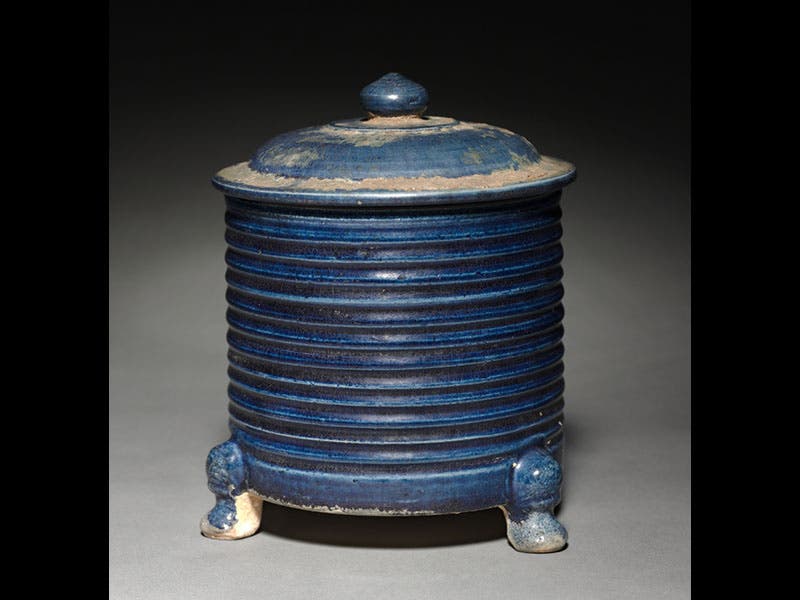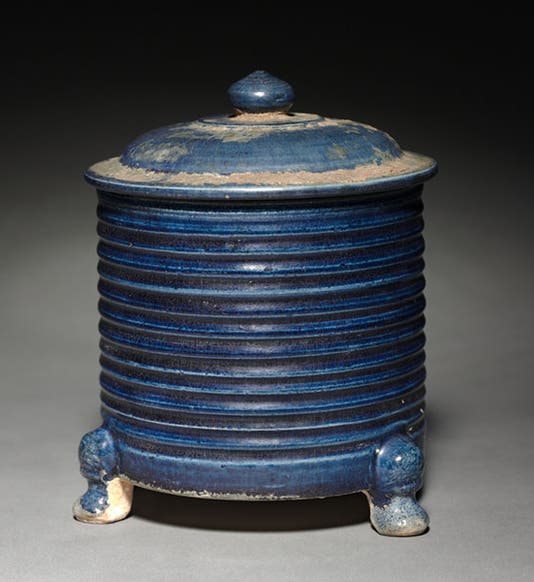Scientist of the Day - Georg Brandt





Georg Brandt, a Swedish chemist, died Apr. 29, 1768, at age 83. Around 1735, Brandt discovered a new metal, cobalt. There were seven classical metals known to antiquity--gold, silver, iron, copper, lead, tin, mercury--as well as four "semi-metals", known primarily by their oxides or sulfides: zinc, bismuth, antimony, and arsenic. So when Brandt isolated cobalt, he was the first person since prehistory to identify a new metal. One effect of cobalt was well-known--its oxide would color glass blue--but that was thought to be the result of the presence of bismuth. Brandt was able to separate cobalt from bismuth, and prove that the blue color came from the cobalt. Brandt was the first in a long line of Swedish chemists who would discover new elements. Cobalt blue is now a staple of the artist’s palette. It provided the deep blue for Vincent Van Gogh’s Starry Night, and it was especially favored by Maxwell Parish, so much so that cobalt blue is now often referred to as Parish blue.
Since we have no images of Brandt or his laboratory, and since cobalt the element is a dull gray, our images are drawn from cobalt the pigment, and show, in order: a 9th-century Tang dynasty jar and a 15th-century French enamel medallion, both in the Cleveland Museum of Art; an ancient Greek perfume bottle and a Ming vase, both in the Museum of Modern Art; and a 16th-century maiolica plate in the Victoria and Albert Museum. Cobalt blue was in use long before anyone knew that it was the gift of cobalt.
Dr. William B. Ashworth, Jr., Consultant for the History of Science, Linda Hall Library and Associate Professor, Department of History, University of Missouri-Kansas City






